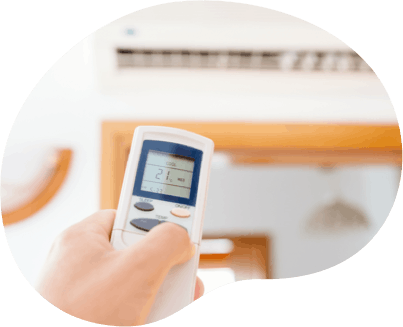Tips for Managing Asthma at Home
Medicine is always the most important course of action for asthma treatment, but there are a number of things you can do at home to help reduce your chances of symptoms flaring up. Remember: You can help control your asthma by being prepared and thinking ahead.
Avoiding Asthma Triggers at Home
Asthma triggers vary from person to person, so the first step is to identify your triggers and reduce your exposure to them. It can help decrease your risk of an asthma attack. Recognizing your triggers can help you better manage your disease.
Tips for Managing Common Triggers at Home
Minimize Pet Dander
Disinfect Your Furnishings
Keep Windows Closed
Maintain Humidity Levels To Less Than 50%
Prevent Mold Growth
Clean Often

Minimize Pet Dander
Pet dander is a very common asthma trigger, so if you’re allergic, it’s best to limit your contact with pets. Dander can also linger in furniture, clothes, and other fabrics and affect sufferers even if an animal is not present.

Disinfect Your Furnishings
For many allergy sufferers, dust is the enemy. To limit exposure to dust and mites, wash bedding regularly in hot water, replace carpeted floors with hardwood or linoleum (if possible), and encase pillows, mattresses and box springs in dust-proof covers.

Use Air Conditioning
Allergies are usually at their peak during the warmer months, which often means sleeping with the windows open. If you have allergies, using a new air conditioner or changing the filters regularly can help reduce the amount of airborne pollen you might inhale during sleep. It reduces the humidity and decreases your exposure to bacteria and irritants that can provoke your symptoms. Be sure to keep your AC unit clean––a poorly maintained unit will contaminate the air with dirt and dust.
Maintain Humidity Levels
High levels of humidity can create hot, stuffy environments that can promote the growth of mold, dust mites, and other harmful bacteria. Extremely low levels can dry out the air and irritate your nose and lungs. The ideal amount of humidity is between 30% and 50%, which can be measured with a hygrometer (similar to a thermometer) and regulated with a humidifier or dehumidifier.
Prevent Mold Growth
Mold isn’t just found in the bathroom. It can be invisible, airborne, and stick to fabrics throughout the home, and when ingested, can cause respiratory problems for allergic asthma sufferers. Therefore, make sure to clean damp areas in and around the home to minimize mold growth.
Clean Often
Cleaning your home regularly can help reduce the amount of common asthma triggers like dirt and dust. To help avoid sediment and residue from irritating your lungs, wear a face mask when cleaning.
Talk to Your Family & Roommates
If you live with others, talk to them about your asthma triggers so you can work together to reduce your chances of coming in contact with them in and around the home.
More Tips for Living Well With Asthma

Tips for Managing Asthma at Work
Find out how to better manage your symptoms at the office—or wherever your job takes you.

Tips for Managing Asthma at School
Learn more about how to help your child manage their asthma while away from home.

